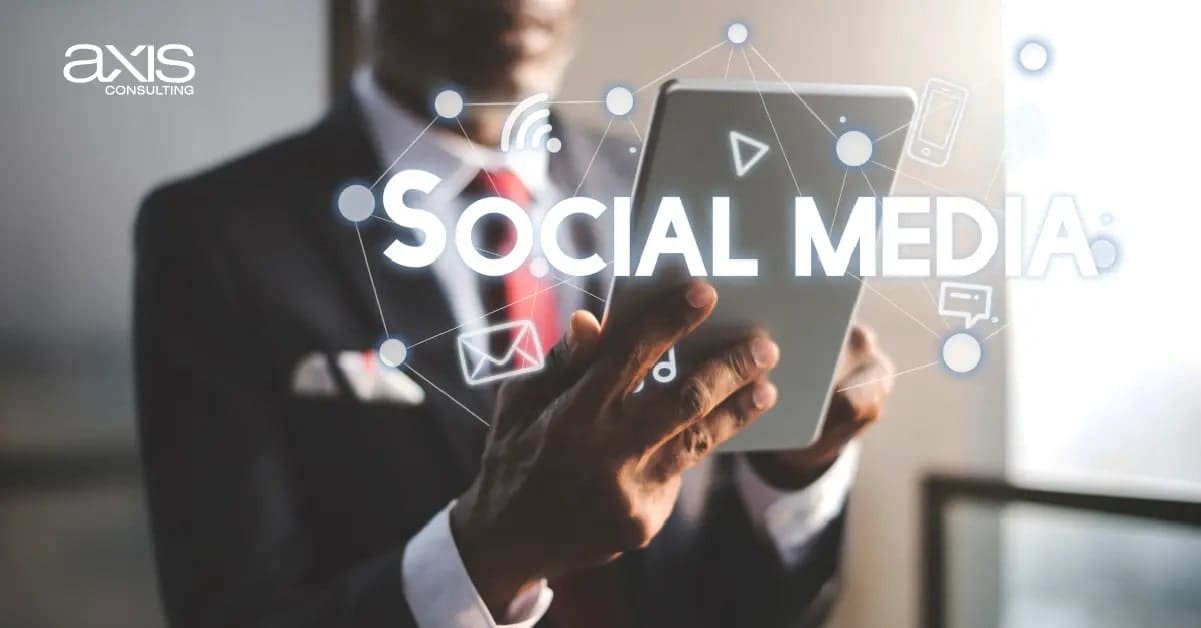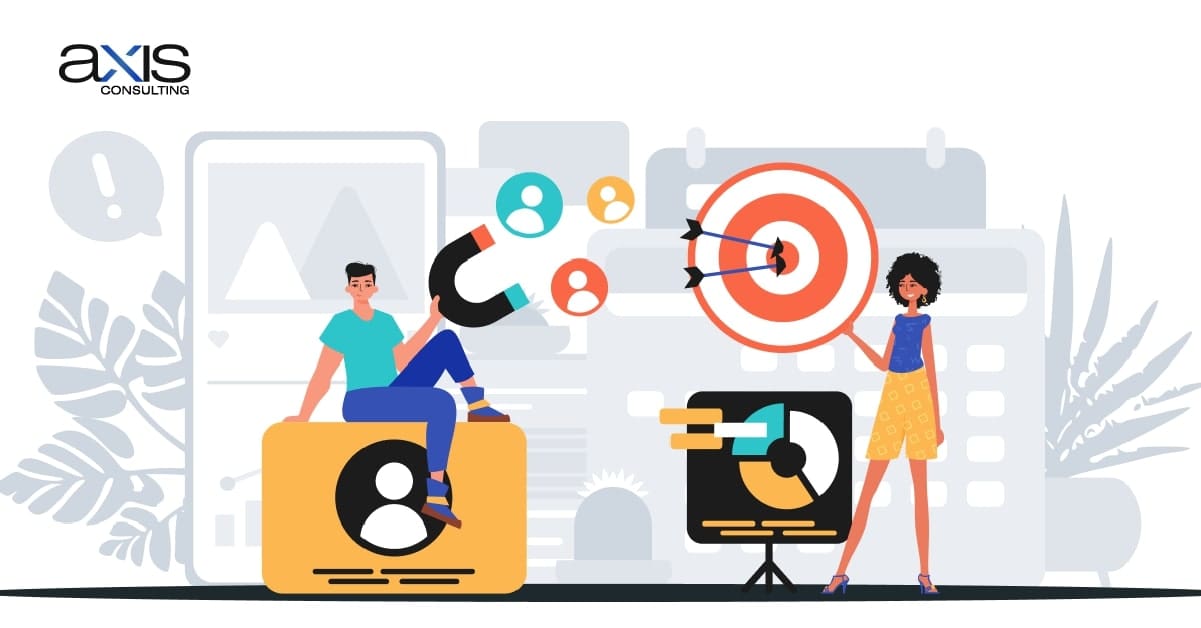In the era of digital communication, the impact of social media marketing on brand awareness has become impossible to ignore. With billions of users on multiple platforms, social media and brand awareness now go hand in hand. Businesses can use social media marketing for brand awareness to engage customers directly, build trust, and grow visibility. This guide explores how brand awareness through social media can be achieved with proven strategies and tools.

Table of Contents
ToggleWhat is Brand Awareness?
Brand awareness in social media refers to how familiar your target audience is with your brand. High-awareness brands are often considered dominant and trustworthy, making them the first choice when people think about a sector. Understanding what brand awareness is on social media is key to creating effective strategies that connect with your audience.
The Significance of Social Media in Building Brand Awareness
The impact of social media on brand awareness has transformed how companies interact with consumers. Platforms like Facebook, Instagram, LinkedIn, Twitter, and Pinterest have evolved into essential tools for social media marketing and brand awareness campaigns. They help brands connect emotionally, strengthen recall, and shape a strong online reputation.
Key Benefits of Social Media for Brand Awareness
Social media marketing to increase brand awareness offers several benefits:
Broad Audience Reach: Social media platforms are home to millions of active users every day, offering a sizable target audience that marketers can effectively reach.
Engagement: They facilitate real-time, two-way communication between brands and their audience by enabling likes, comments, shares, and other types of engagement.
Cost-effectiveness: Social media can offer a substantial return on investment (ROI) for marketing at a lower cost than traditional media.
Advanced Targeting Capabilities: By enabling firms to target specific user demographics and interests, advanced targeting options enhance the effectiveness of marketing initiatives.
Methods for Using Social Media Marketing Strategically to Increase Brand Awareness

1. Content Creation that Resonates
It’s crucial to deliver content that resonates with your audience. This involves understanding what types of content, such as educational blogs, viral videos, storytelling reels, or captivating visuals, your target audience finds most appealing. Content should be created with the brand’s voice and values in mind, while also considering consumer behavior and current content trends.
2. Consistency in Brand Message
Consistency across all social media platforms reinforces brand identity and recognition. This involves maintaining a uniform tone, visual branding, and message, which helps strengthen consumer brand recall.
3. Interaction and Engagement Tactics
Promoting brand awareness and loyalty through interactive audience engagement may be highly effective. This involves using tools like polls, quizzes, stories, and live sessions, participating in discussions, and promptly responding to DMs and comments.
4. Utilizing User-Generated Content
Promoting user-generated content (UGC) can improve credibility and authenticity. By encouraging your community to share their experiences, this tactic not only produces original content but also acts as social proof for potential customers.
5. Focused Advertising Campaigns
Social media sites are excellent resources for targeted advertising. With these technologies, brands can launch carefully calibrated campaigns that maximize reach and relevance, while also raising awareness among specific customer segments based on their interests, location, or behavior.
Measuring the Effectiveness of Social Media Strategies
To assess how social media marketing initiatives affect online brand visibility, companies need to monitor specific performance metrics:
Reach and Impressions: These metrics indicate the number of individuals who have viewed your content, helping to determine the degree of social reach and brand exposure.
Engagement Rates: The level of engagement with your material is gauged by likes, comments, shares, video views, and other interactions.
Follower Growth: An increase in followers can indicate that brand awareness and interest are increasing.
Website traffic: The volume of traffic that comes to your website from social media platforms can tell you how effective your social media referral traffic is.
Brand Mentions: Monitoring the frequency of brand-related keywords and hashtags can help you gauge your company’s popularity and awareness across various platforms.
Technology & Tools to Increase the Impact of Social Media
 Leveraging the right tools can significantly raise the efficiency and impact of social media campaigns:
Leveraging the right tools can significantly raise the efficiency and impact of social media campaigns:
Hootsuite and Buffer: For content scheduling, engagement, and performance analytics.
Canva and Adobe Spark: Used to create scroll-stopping visual graphics and branded content.
BuzzSumo: To analyze what content performs best for any topic or competitor, helping identify viral trends and influencer content.
Google Analytics: To track and report site traffic coming from social media and understand user journeys.
Figma and Unbounce: For designing interactive landing pages that can be linked from social posts, thereby increasing conversion potential.
Case Studies and Success Stories
Several firms have effectively leveraged social media to raise their profile. For example, Nike’s “Just Do It” campaign effectively reaches a wide audience by using motivational storytelling and influencer collaborations across several channels. Similarly, promoting user-generated content through branded hashtags increases engagement and brand visibility.
Conclusion
A well-crafted social media strategy, tailored to the company’s objectives and the interests of its target audience, is crucial for effective social media marketing to enhance brand awareness. Brands can significantly improve their exposure and positioning in the competitive digital marketplace by utilizing targeted advertising, engagement tactics, and AI-powered analytics tools.
Brands that can successfully leverage these dynamics will find themselves ahead of the curve, prepared to meet their audiences where they are with the right message at the right time, as digital platforms continue to change, adapt, and innovate. You can increase brand awareness and forge stronger connections with your audience by incorporating cutting-edge social media strategies into your marketing approach. This will pave the way for your business to succeed in the increasingly digital world.
FAQs
What are the best social media platforms for building brand awareness?
Platforms like Instagram, Facebook, LinkedIn, and TikTok are great for brand awareness, depending on your target audience and industry.
How often should I post to maintain brand visibility?
Consistency is key. Aim for at least 3–5 posts per week across all major platforms, with daily stories or updates to increase engagement.
What’s the role of influencers in social media brand building?
Influencers offer authentic reach to niche audiences. Their endorsement can build instant trust and recognition for your brand.
Can small businesses build strong brand awareness with social media?
Absolutely. Social media levels the playing field, enabling small businesses to increase visibility through creative content and local targeting.
How do I measure ROI from brand awareness campaigns on social media?
Track metrics like engagement, impressions, brand mentions, and web traffic from social channels to gauge ROI. Use tools like Google Analytics and Meta Ads Manager for better insights.